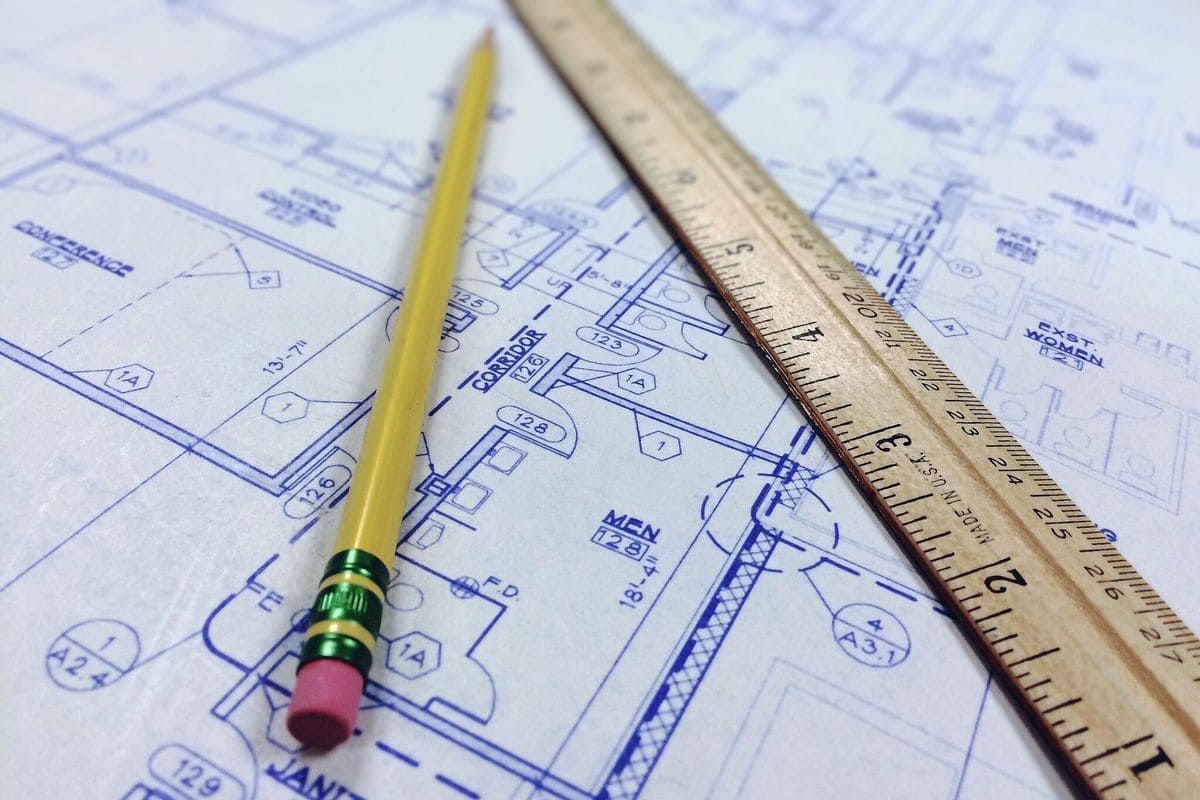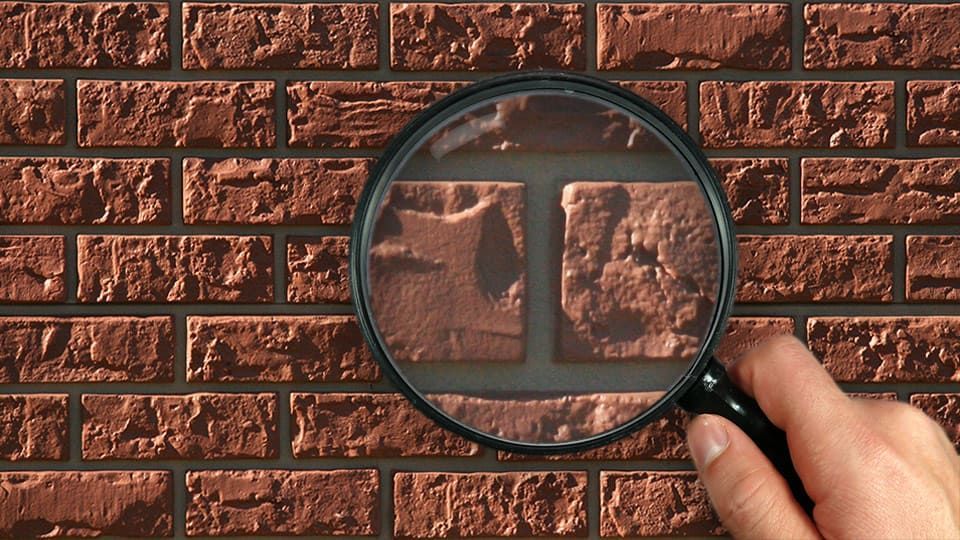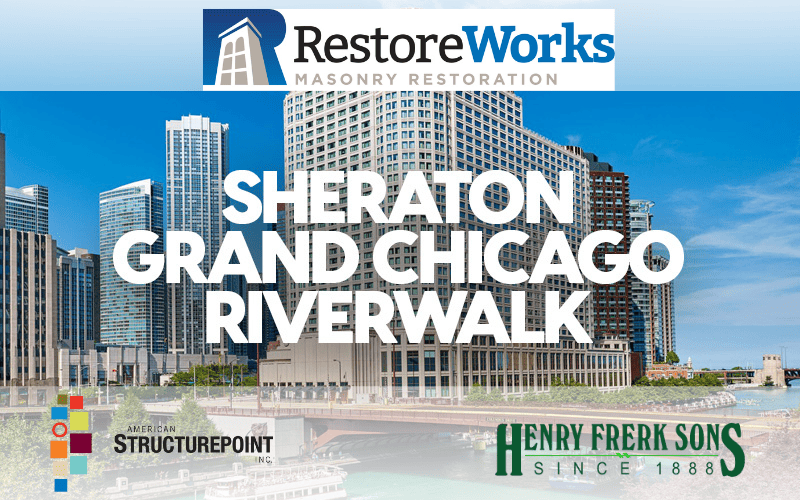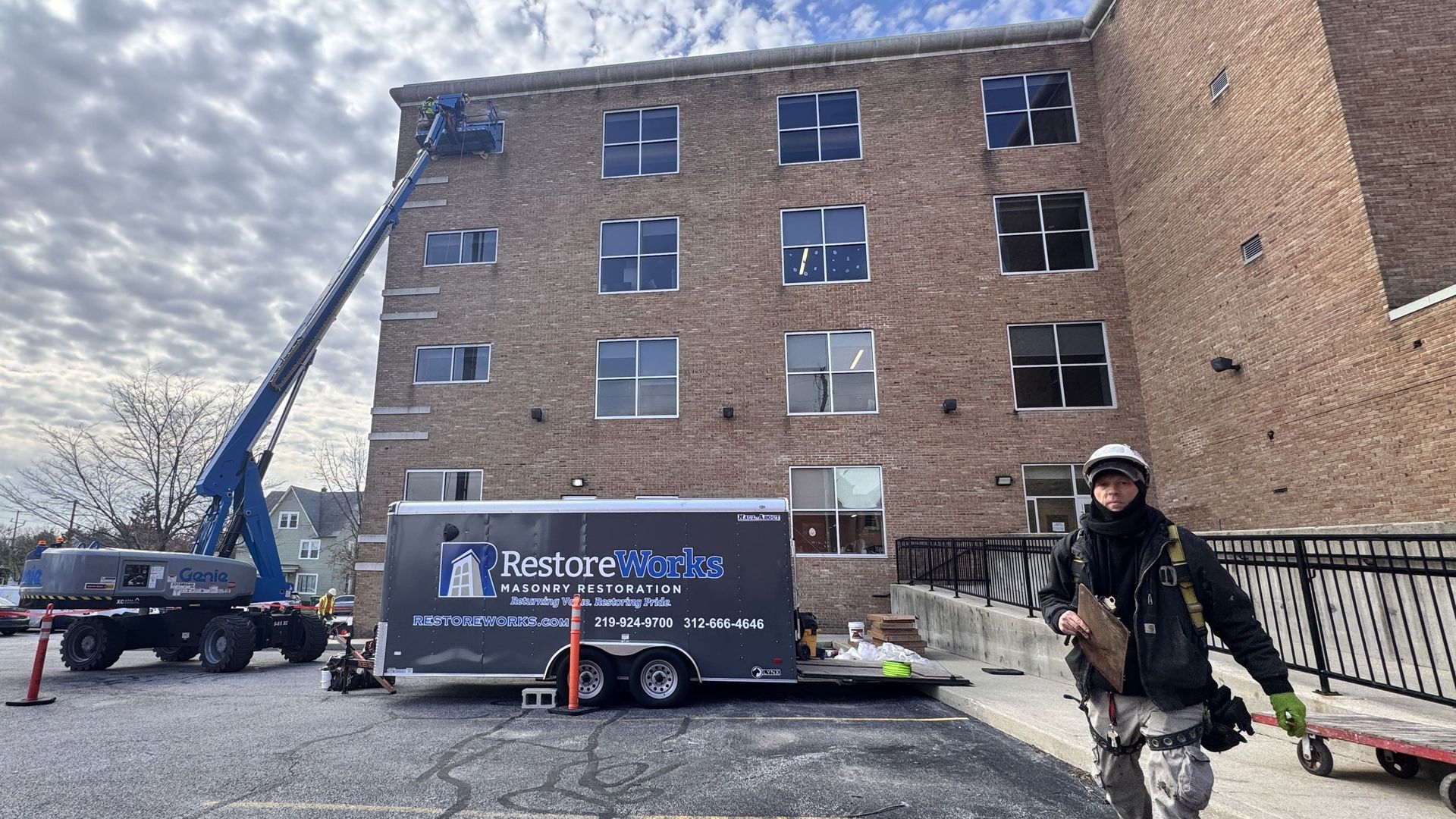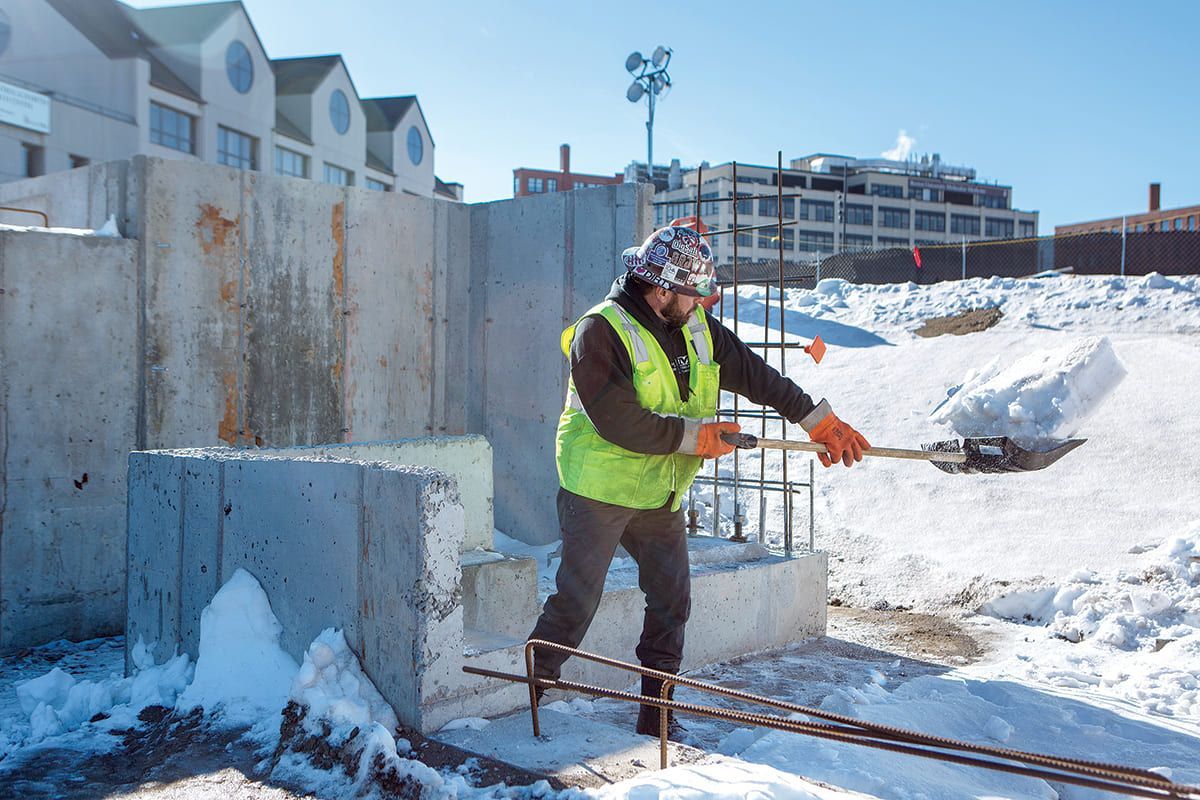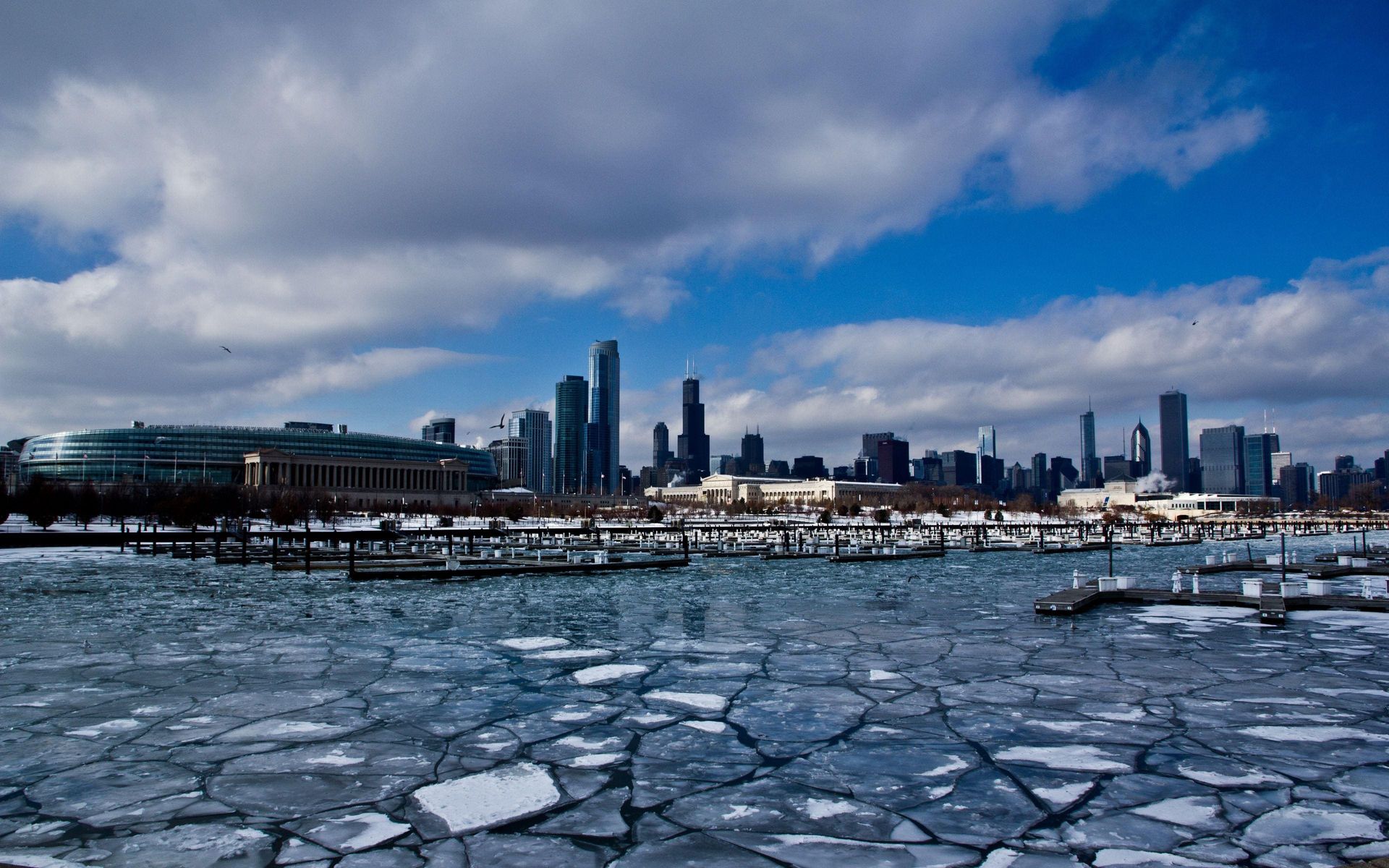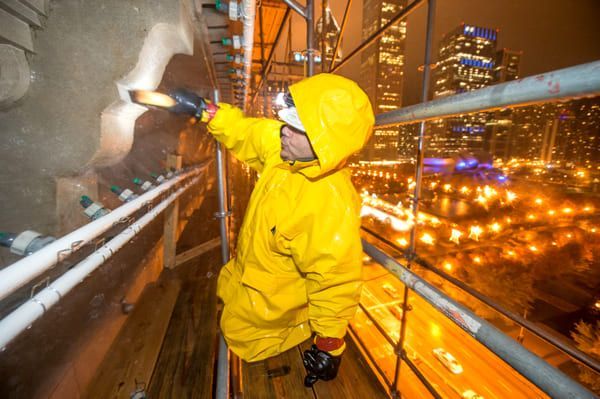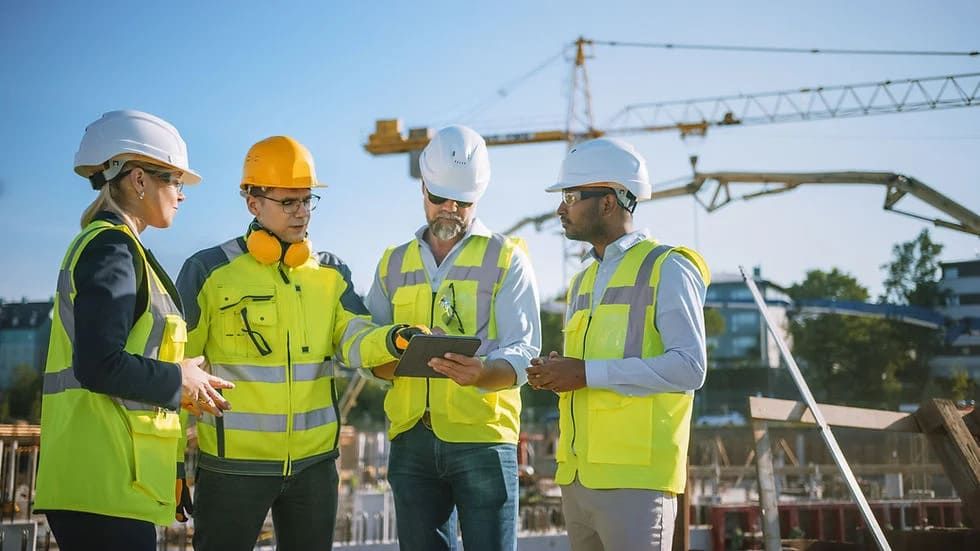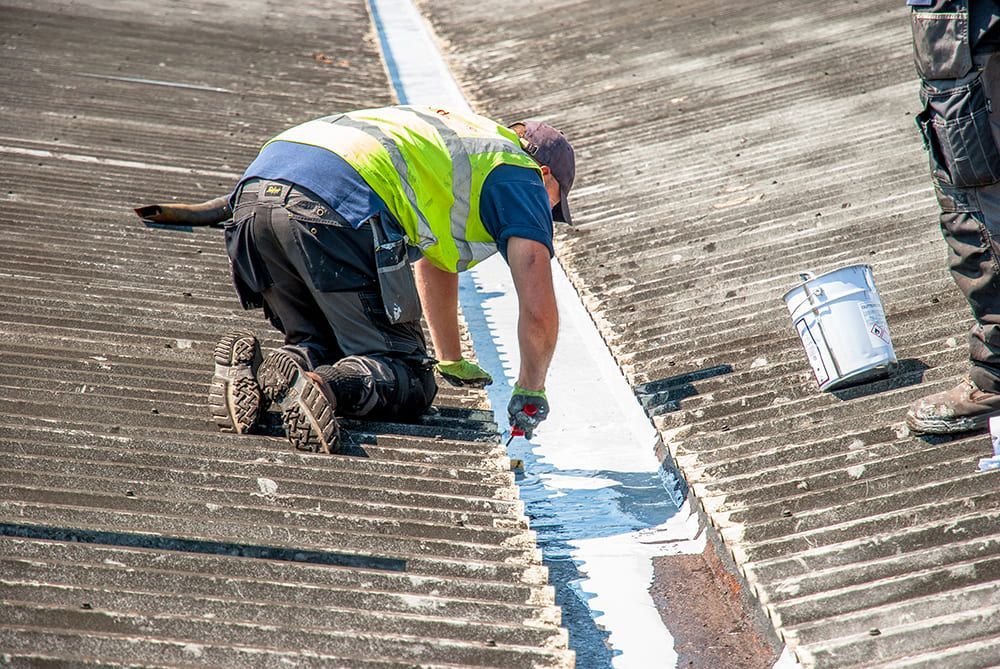When planning any commercial masonry restoration or repair project, building codes are an important part of the equation. This is especially true in a region like Chicago, where weather, aging infrastructure, and historical architecture intersect. For property managers, facilities teams, architects, and engineers, staying code-compliant directly affects safety, timeline, and liability.
In this blog, we’ll break down key code-related considerations specific to masonry restoration and repair, provide examples of common oversights, and offer advice to help you move your next project forward with fewer headaches.
Why Building Codes Matter in Masonry Work
No matter the scope of your masonry restoration project, code compliance isn’t optional.
Building codes exist to:
- Ensure public safety and structural integrity
- Protect against liability and insurance claims
- Prevent costly delays during inspections
- Meet ADA, fire, and energy efficiency standards
- Account for regional environmental factors like freeze-thaw cycles
In Chicago, the Department of Buildings enforces the Municipal Code, which covers both energy and construction standards. The latest update, the Chicago Energy Transformation Code, went into effect on November 1, 2022, with additional provisions kicking in on January 1, 2023. If you're working on a commercial masonry restoration project in the city, your contractor needs to be familiar with both the local code and the Chicago Building Rehabilitation Code.
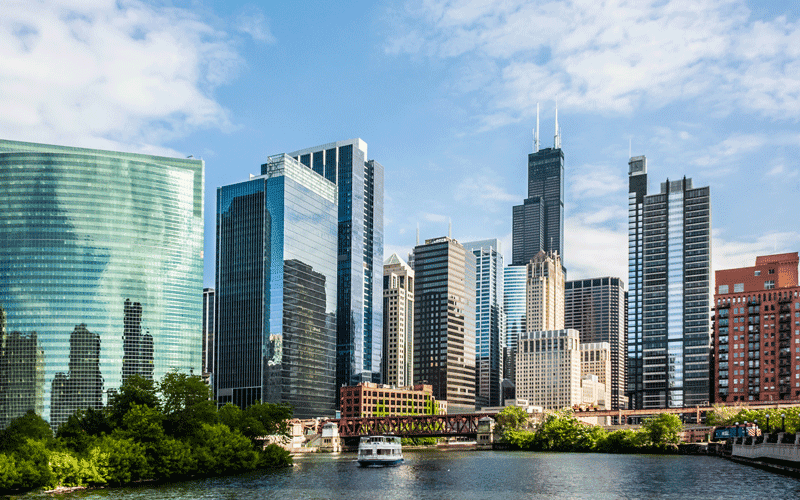
Common Code Considerations for Masonry Projects
Here are several key areas where masonry projects intersect with building codes:
1. Structural Repairs and Reinforcements
When performing concrete balcony repair, code requires calculations to confirm the new work meets modern live and dead load standards. Many older buildings were built under different assumptions and need careful engineering review when restoring load-bearing elements.
2. Lintels and Shelf Angles
Steel elements behind brick often rust over time. In masonry lintel repair, the challenge is not just replacing the steel, but ensuring proper flashing, weep systems, and anchorage per today's standards.
Did you know? In 2023, over 50% of building violations in Chicago were related to exterior walls and enclosures, highlighting the importance of compliance with the city's façade ordinance and maintenance requirements.
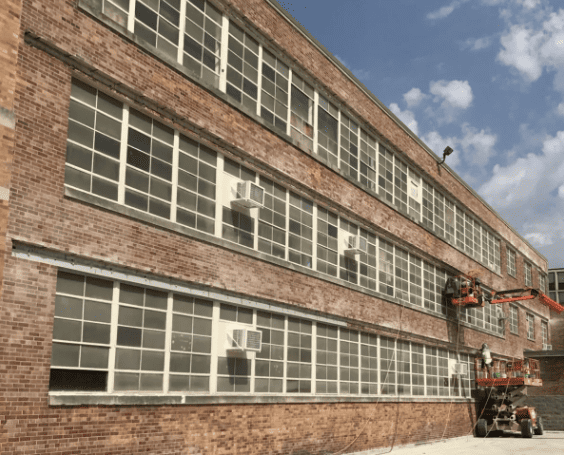
3. Facade Safety Inspections
For buildings over 80 feet tall, Chicago’s Rules for the Periodic Inspection of Exterior Walls, commonly known as the Facade Ordinance, apply. This is a topic often highlighted by the Illinois Chapter of the Community Associations Institute due to its impact on high-rise condo and co-op buildings across the city. If your building requires commercial concrete facade restoration, it must undergo critical examinations by a qualified professional and meet strict repair documentation standards.
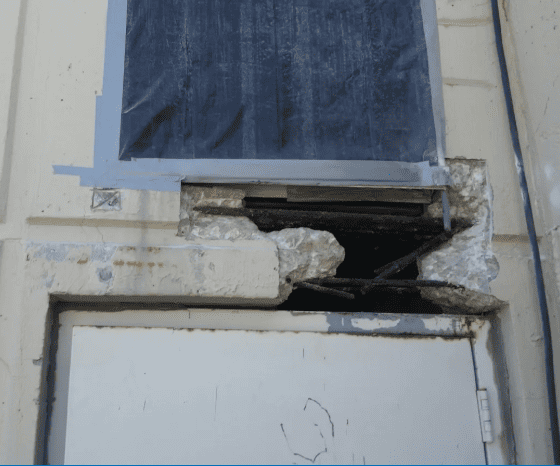
4. Historical Restoration Guidelines
Working on a landmark or contributing structure? That changes the game. Restoration in these cases must also align with the Secretary of the Interior’s Standards for Rehabilitation. That means choosing methods and materials that preserve historical integrity while meeting structural and thermal performance codes.
Permitting and Documentation Pitfalls to Avoid
Even experienced teams can miss critical steps. Here are common trouble spots we see during commercial masonry restoration contractor engagements:
- Assuming "like-for-like" repair doesn’t require a permit…it often does.
- Skipping the structural engineer’s review on balcony or lintel repairs.
- Inadequate documentation for facade ordinance filings.
- Not accounting for code changes that affect anchor systems or sealants.
Best Practices for Staying Code-Compliant
To keep your next project on track, we recommend:
- Engaging your contractor early. Ideally, during project scoping or even feasibility studies.
- Requesting code review from a licensed structural engineer for any structural repair.
- Checking permit triggers. Even small projects may require City submission.
- Confirming contractor familiarity with local and historical codes, especially if working on legacy buildings in areas like River North, Hyde Park, or the Loop.
Partnering with a Contractor Who Knows the Codes
If you're facing a masonry restoration or repair issue and want to avoid costly code missteps, our team is here to help. Let’s talk about your building’s needs and how RestoreWorks can support your team from start to finish.
Contact RestoreWorks today to schedule a site visit or code review consultation.

